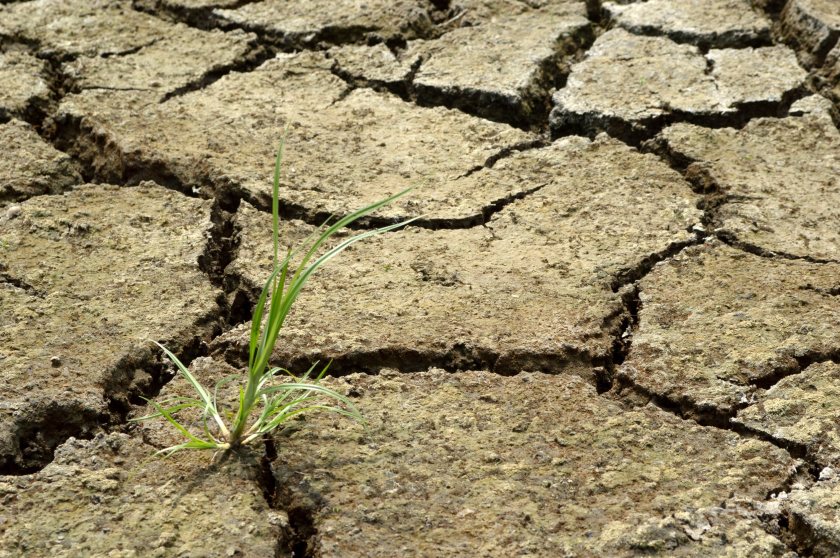
Average rainfall levels over winter will still not be sufficient to avoid drought or drought conditions next year, the National Drought Group has warned.
At a meeting on Friday (14 October), members of the NDG discussed projections for a dry autumn and winter on the water, agriculture and environment sectors in 2023.
Many water firms have suggested impending drought or drought conditions will remain beyond spring in some areas– notably in parts of the South West, South East, East and Yorkshire and East Midlands - if rainfall is below average.
The group, made up of the Environment Agency, government, water firms and key farming groups, also discussed actions needed over the next six months to sustain essential water supplies in preparation for spring/summer next year.
This will include water companies implementing their drought plans and accelerating infrastructure plans to improve resilience of water supplies.
Amongst other actions, the Environment Agency will manage water abstraction licences, take decisions on drought permits and operating its water transfer schemes.
Members heard that water firms expect water resources to recover to either normal or recovering conditions by spring if there is average rainfall - but several companies forecast that some supply areas will still remain in drought or impending drought conditions.
The lack of moisture in soils led to significant agricultural impacts and reduced water availability for farmers this year.
Winter refill of farm storage reservoirs may be constrained if there is below average rainfall this winter, today's meeting heard.
Even with typical rainfall over winter, there could still see environmental impacts in 2023 due to a lag in the environmental response to the dry weather.
These include impacts on fish populations, and a higher number of environmental incidents such as fish rescues being needed as a result of lower river flows.
NDG members said all sectors must plan for all scenarios, continue using water wisely and maximise access to water for all sectors and the environment.
Projections were presented by the Environment Agency (EA) on behalf of contributing members such as the water companies, the NFU and Canal and Rivers Trust.
Alongside this, the latest monthly national water situation report, published by the EA today, shows that for the first time in six months, September rainfall across England as a whole reached average levels.
However, due to soils remaining drier than usual, this has made little or no difference to reservoir levels and most of the country remains in drought.
River and groundwater levels remain low and reservoir stocks continue to decrease at all the reservoirs the EA reports on.
EA chief executive and NDG chair, Sir James Bevan said: "Climate change and population growth mean we need to take action now to ensure we have enough over the coming decades to manage everyday supplies, and more intense drought events.
“We have a plan to do that and delivering it will require all of us to work together – government, water companies, regulators, farmers and businesses, and each of us as individuals.”
The meeting heard that essential water supplies remain safe, but recent rainfall has not changed the underlying drought situation caused by the prolonged dry weather.
